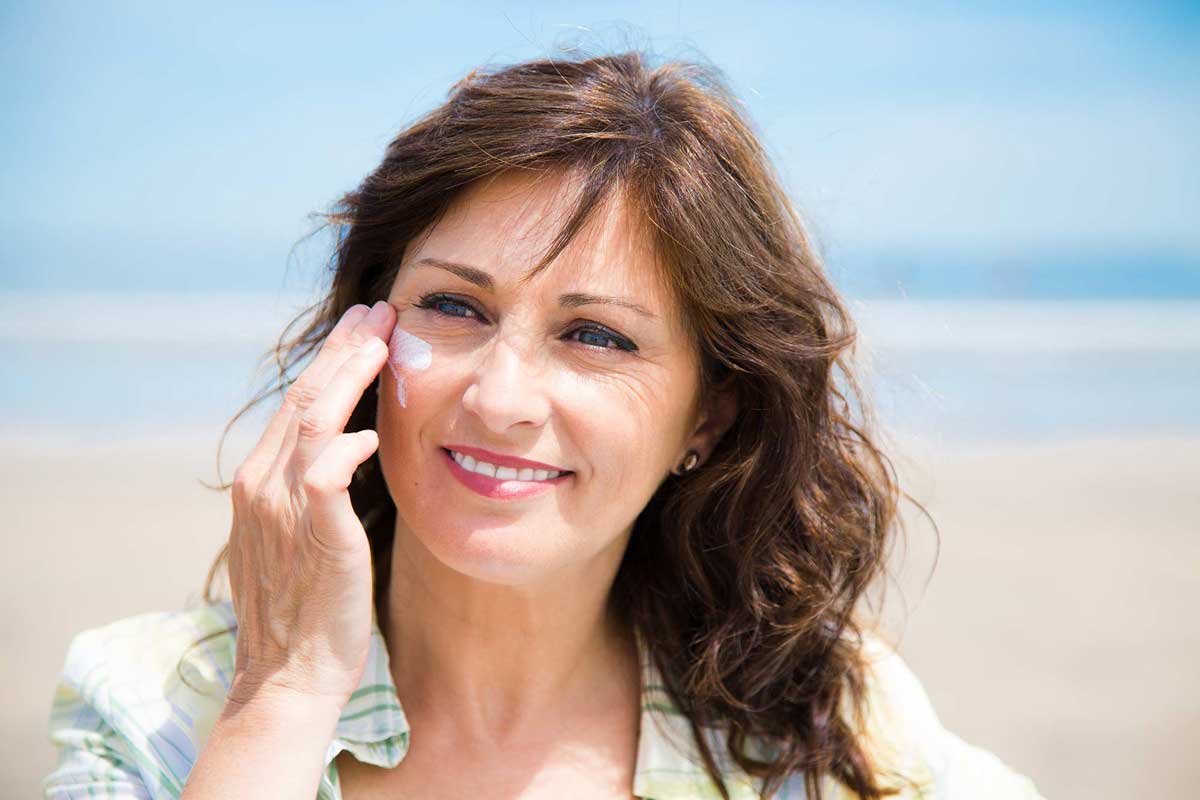Depending on your age, you may be somewhat embarrassed to admit that you once frequently used a coconut-scented suntan oil with an SPF factor of a whopping 2 or 4. Or you might be proud to say you have always used waterproof sunscreen with an SPF factor of 30 or higher.
If the former is true, you may be starting to see some effects of the sun damage from your youth. If it’s the latter, you should continue to protect your skin from the sun as much as you can.
Either way, you are now quite aware that the biggest star in our galaxy can really wreak havoc on your skin. Here’s why:

UV Rays are No Friend to the Skin
The good news is your skin uses the power of the sun to make its own vitamin D. The bad news? The ultraviolet light from the sun can cause serious damage to your skin. For instance, the outer layer of your skin contains melanin, which helped give you that tan you wanted so badly in your youth. While melanin does its best to protect your skin from harmful UV rays, they can also cause the skin to burn, which over time will make it less elastic and more prone to wrinkling, and it may also have an uneven skin tone.
If you did a lot of sunbathing over the years and got your share of sunburns, this frequent exposure to UV rays can also have a cumulative effect on your skin, leading to the development of skin cancers. Unfortunately, many sun worshippers are now noticing odd-shaped growths on their faces and other parts of their bodies that were exposed to a lot of sun, which their dermatologists may tell them are basal cell or another type of skin cancer.
How to Reverse Sun Damage
The first step to overcoming skin issues from too much sun exposure is to do whatever you can to prevent further damage. This means using a broad-spectrum sunscreen that protects your skin from UV rays. Get into the habit of applying it every day, rain or shine. Also, to prevent skin cancers as much as you can, wear protective clothing and never use a tanning bed.
To treat sun-damaged skin, start by using creams with some specific ingredients. For instance, a skincare moisturizer that includes retinoids is a great place to start; these compounds cause your skin cells to slough off and then renew, so that your skin cells regenerate more frequently. They may also help reduce the signs of sun spots.
Vitamin C is another important ingredient in the fight against sun damage; as a potent antioxidant, it can slow the way the skin ages. For more severe damage, some people opt for a chemical peel that is performed by a dermatologist and/or laser therapy.
Start Reversing Sun Damage Today
It is interesting how a golden glowing tan, which was once revered as a desirable goal, is now something people are advised to avoid. But while you cannot undo the past, you can definitely take steps to prevent further sun damage in the future. By using sunscreen daily and using specific products with certain ingredients, your sun-damaged skin may start to bounce back and look more vibrant and youthful.





